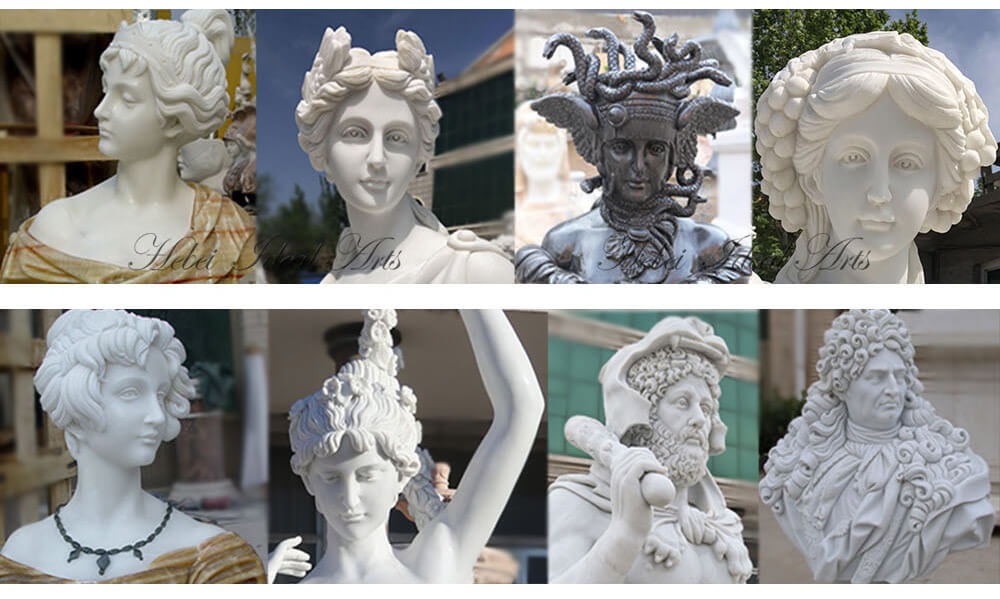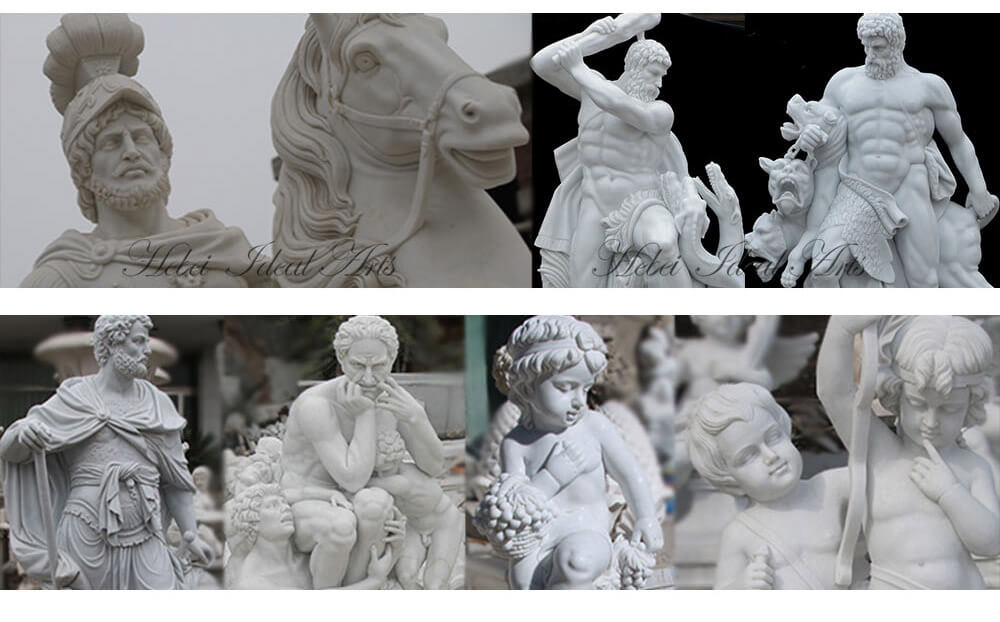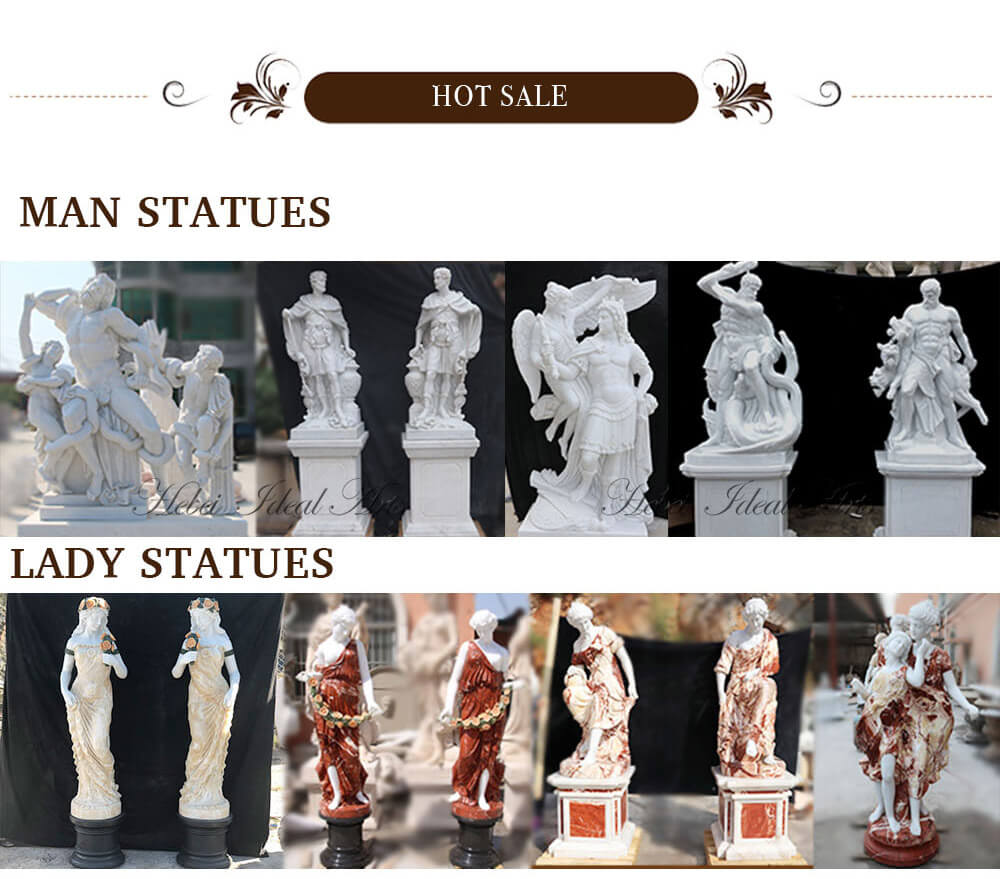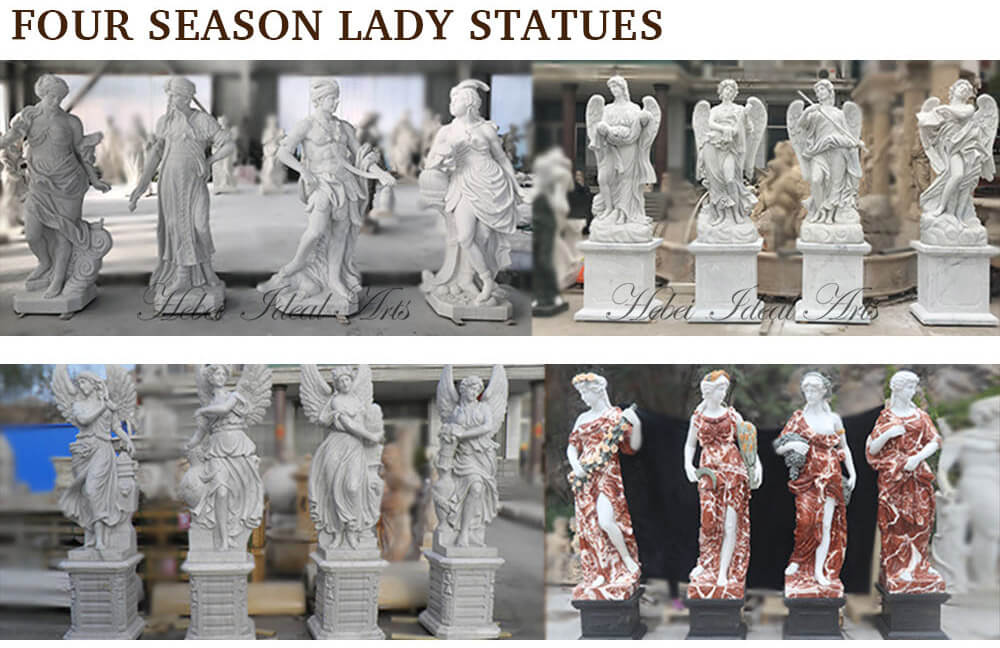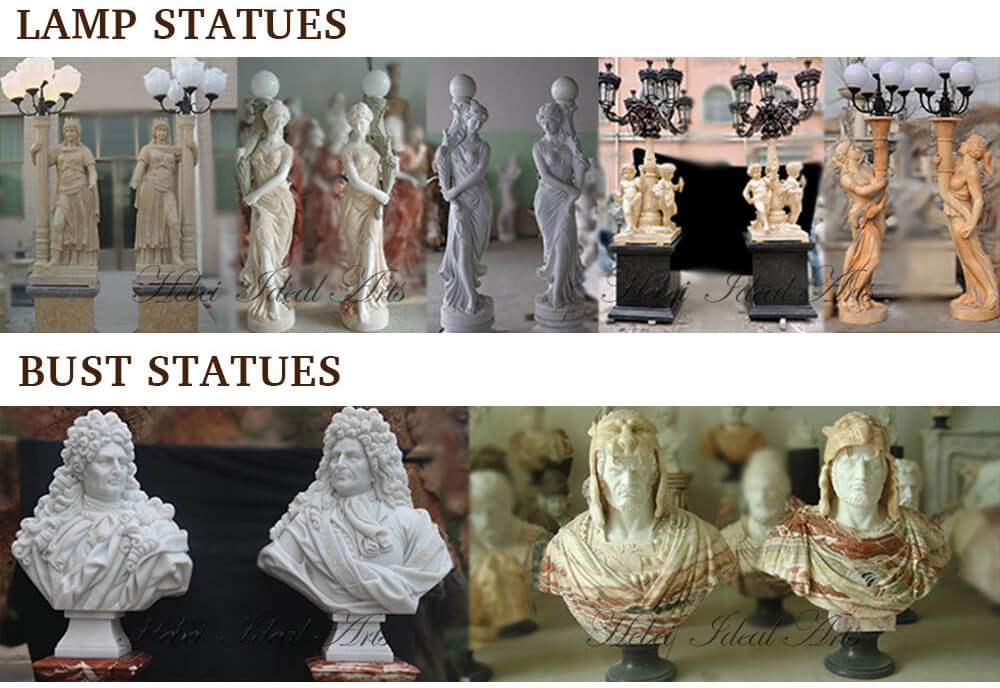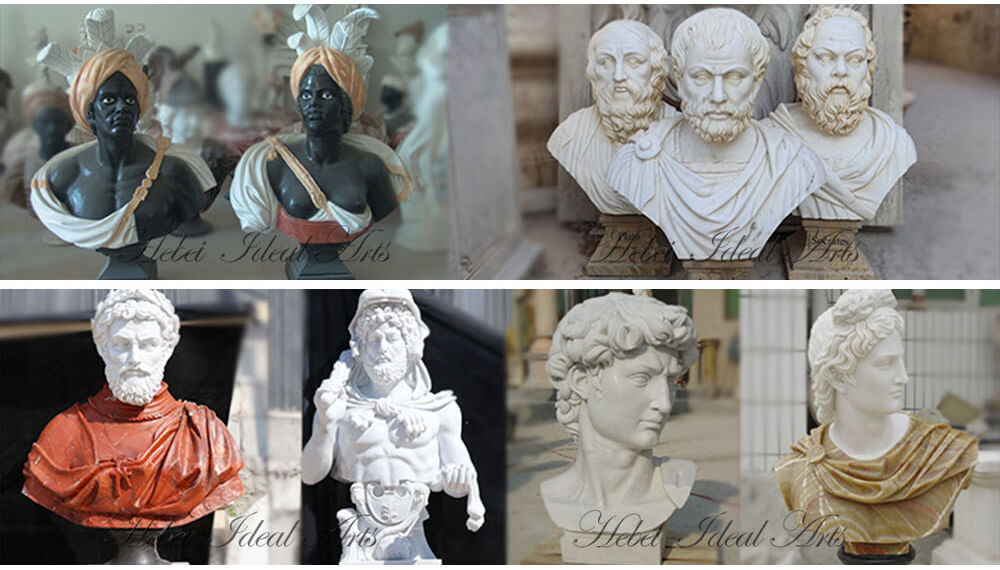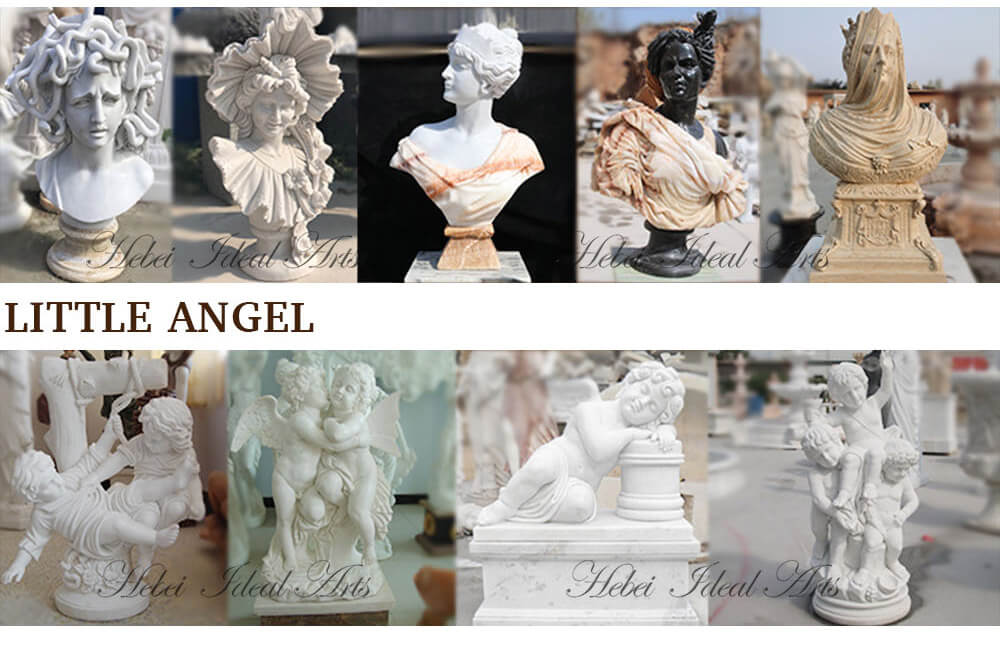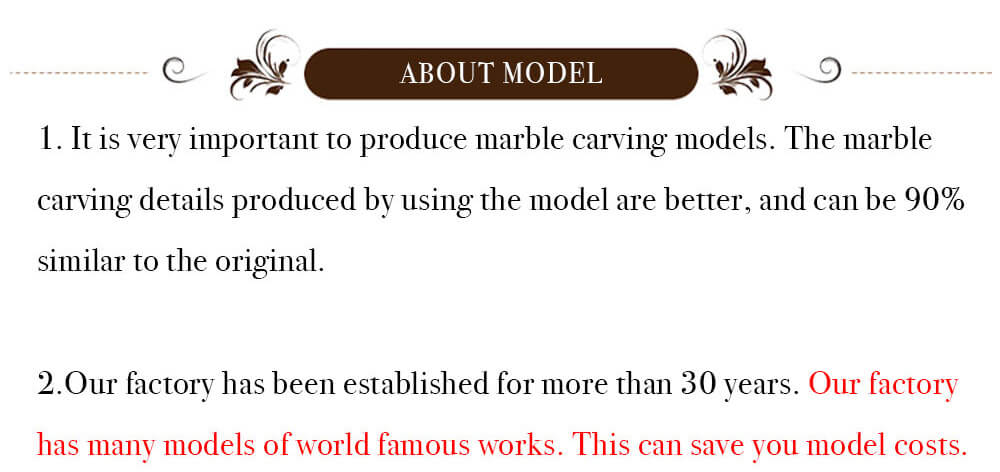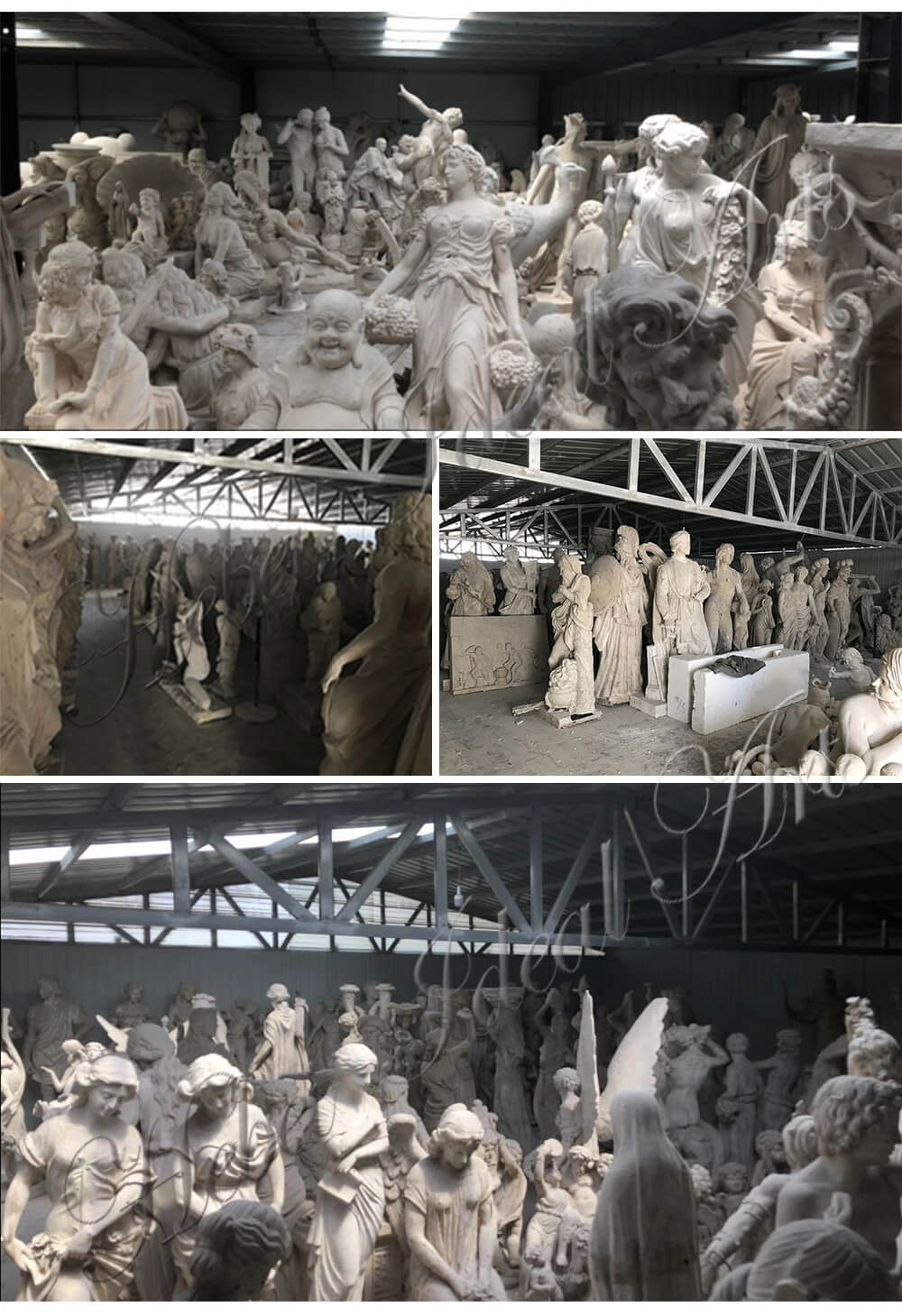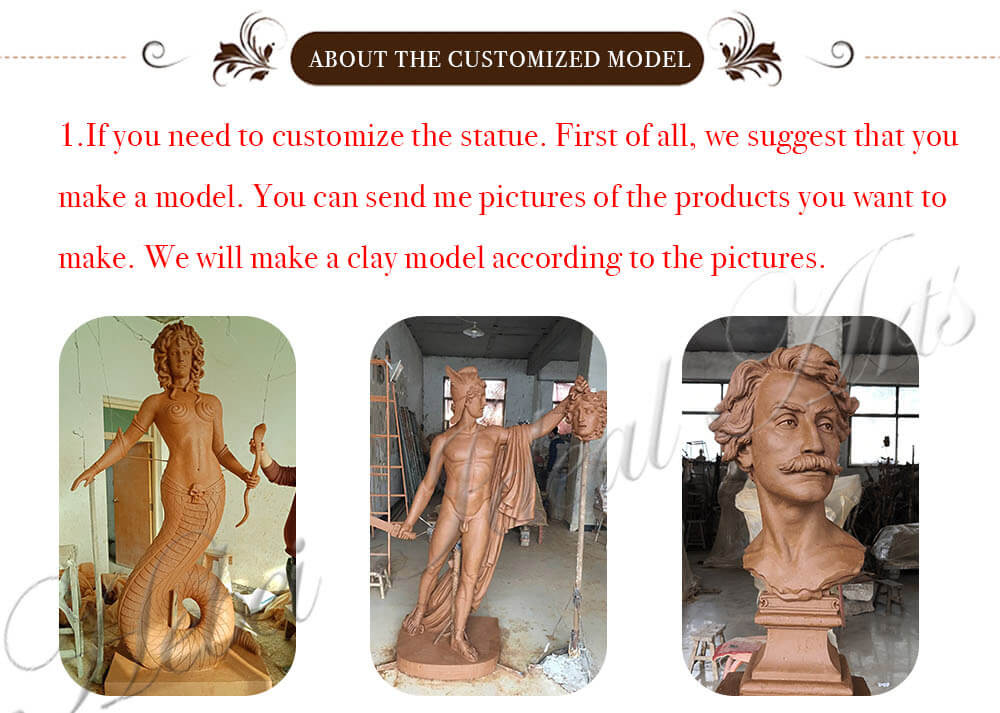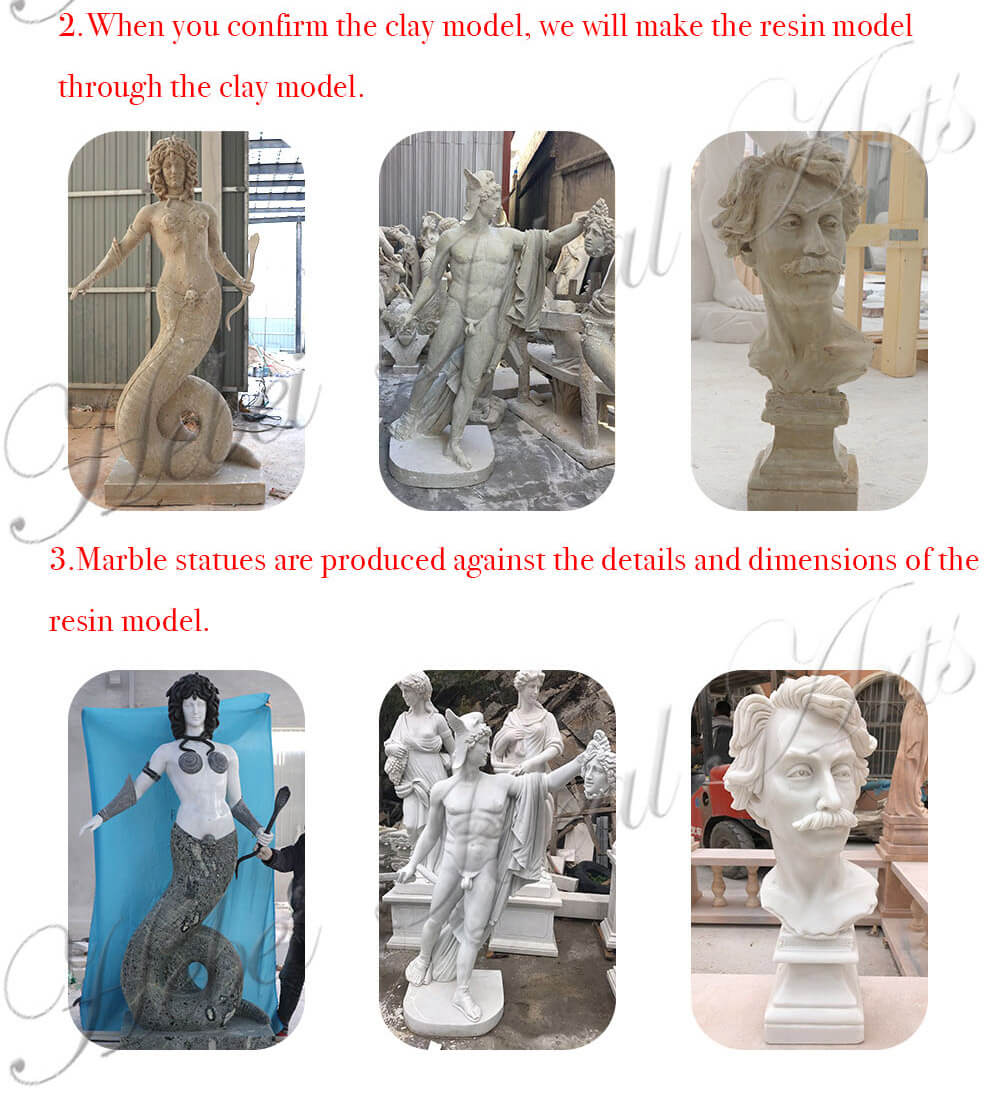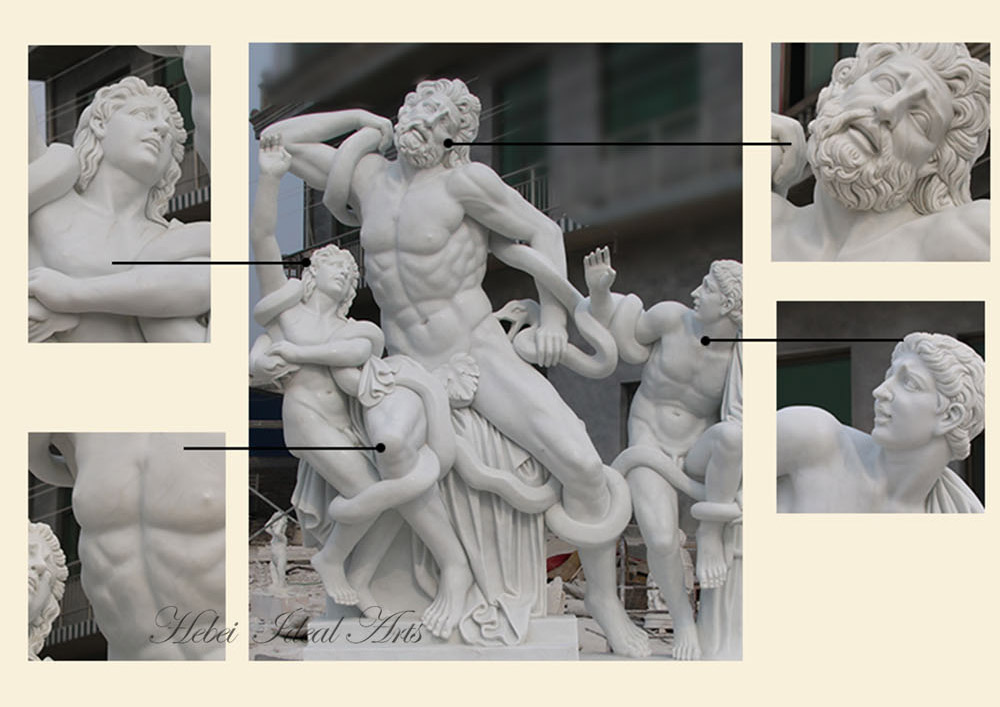 The Farnese Hercules Statue,Bronze statue from the late classical period of Greece. It was written by the ancient Greek sculptor Lisipus in the 4th century BC. The original work has been lost. This is a replica of Roman marble in the 2nd century BC. The name of the statue was discovered in Rome during the Farnese Dynasty (1545-1592). Society is declining due to prolonged wars, and the content of artistic expression is no longer the joy of victory in the heyday. The number of works describing the personalities, psychological contradictions, and contemplative pain of the characters has gradually increased, and the realistic ability and artistic expression skills have become more proficient. . This "Hercules" is a representative work of this era. It shows the image of the hero Hercules resting after fatigue. In Greek mythology, Hercules is the greatest hero. He has overcome many difficulties with a tenacious fighting spirit, completed twelve difficult tasks given to him by the gods, and saved Prometheus who stole fire for mankind. S. Hercules has been fighting frequently throughout his life, and all his achievements are remarkable, so the author uniquely chose the plot of his break to express this great hero. The human body in the statue is curved, with the left leg supporting the weight of the body, the left arm leaning on the pillar, and the right arm backing behind. This varied posture formed a more relaxed atmosphere. Although the character is in a relaxed state, he is still very strong, and the seemingly calm body seems to contain great power. The depiction of the muscles in the statue is very exaggerated. Both the volume of the muscles and the sense of strength they exhibit have reached a saturated state, which makes people feel as if they can burst out powerful energy at any time. The treatment of the shape is not confused because of the exaggeration of the muscles, but the front and side turns are distinct, forming a solid and powerful overall shape. In this resting image, we can see the heroic style of Hercules in mythology and legend, and from the statue we can also see Lysips’ aesthetic view of the human body, that is, the length of the head is eight times the length of the body. One part, this ratio had a profound impact on later sculpture art. Now in the collection of the National Museum of Naples, Italy.
The Farnese Hercules Statue,Bronze statue from the late classical period of Greece. It was written by the ancient Greek sculptor Lisipus in the 4th century BC. The original work has been lost. This is a replica of Roman marble in the 2nd century BC. The name of the statue was discovered in Rome during the Farnese Dynasty (1545-1592). Society is declining due to prolonged wars, and the content of artistic expression is no longer the joy of victory in the heyday. The number of works describing the personalities, psychological contradictions, and contemplative pain of the characters has gradually increased, and the realistic ability and artistic expression skills have become more proficient. . This "Hercules" is a representative work of this era. It shows the image of the hero Hercules resting after fatigue. In Greek mythology, Hercules is the greatest hero. He has overcome many difficulties with a tenacious fighting spirit, completed twelve difficult tasks given to him by the gods, and saved Prometheus who stole fire for mankind. S. Hercules has been fighting frequently throughout his life, and all his achievements are remarkable, so the author uniquely chose the plot of his break to express this great hero. The human body in the statue is curved, with the left leg supporting the weight of the body, the left arm leaning on the pillar, and the right arm backing behind. This varied posture formed a more relaxed atmosphere. Although the character is in a relaxed state, he is still very strong, and the seemingly calm body seems to contain great power. The depiction of the muscles in the statue is very exaggerated. Both the volume of the muscles and the sense of strength they exhibit have reached a saturated state, which makes people feel as if they can burst out powerful energy at any time. The treatment of the shape is not confused because of the exaggeration of the muscles, but the front and side turns are distinct, forming a solid and powerful overall shape. In this resting image, we can see the heroic style of Hercules in mythology and legend, and from the statue we can also see Lysips’ aesthetic view of the human body, that is, the length of the head is eight times the length of the body. One part, this ratio had a profound impact on later sculpture art. Now in the collection of the National Museum of Naples, Italy.